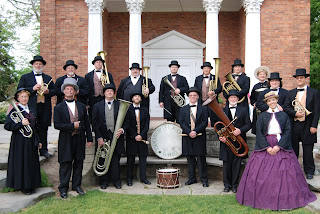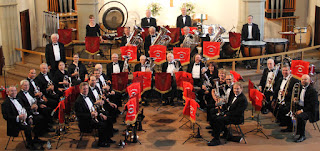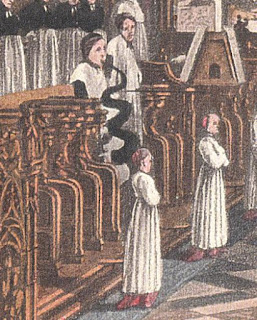Soundings - Fisher Tull

The American composer Fisher Tull (1934–1994) was also an arranger, teacher, and trumpet player. Upon graduating from high school in Waco, Texas, Tull played for a while in a dance band prior to enrolling at the University of North Texas and earning a bachelor’s degree in M usic E ducation . He stayed at the University of North Texas to pursue additional studies and earned a master’s degree in Music Theory and Trumpet Performance. At the tender age of twenty-three, Tull began teaching at Sam Houston State University in Huntsville, Texas in 1957. He would later earn a PhD in Music Composition (also at the University of North Texas) and serve as chair of the music department at Sam Houston State University from 1965 until 1982. Fisher Tull Tull earned numerous awards for his compositions from ASCAP, the Chicago Symphony Orchestra and the National Flute Association. His piece for wind band, Toccata , earned him the 1970 American Bandmaster’s Ostwald Award. Tull is perhap








